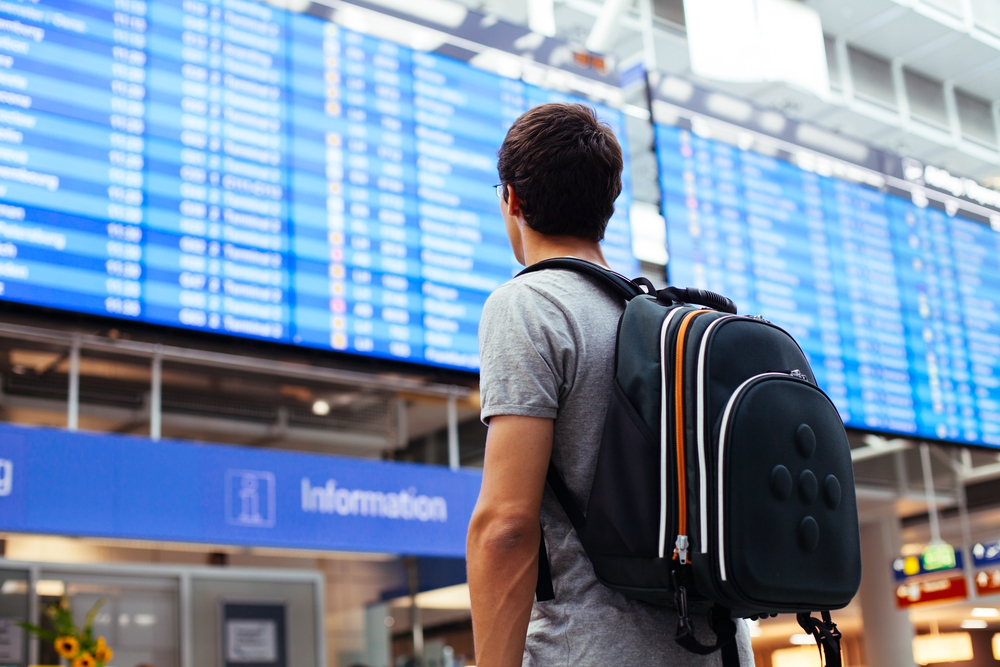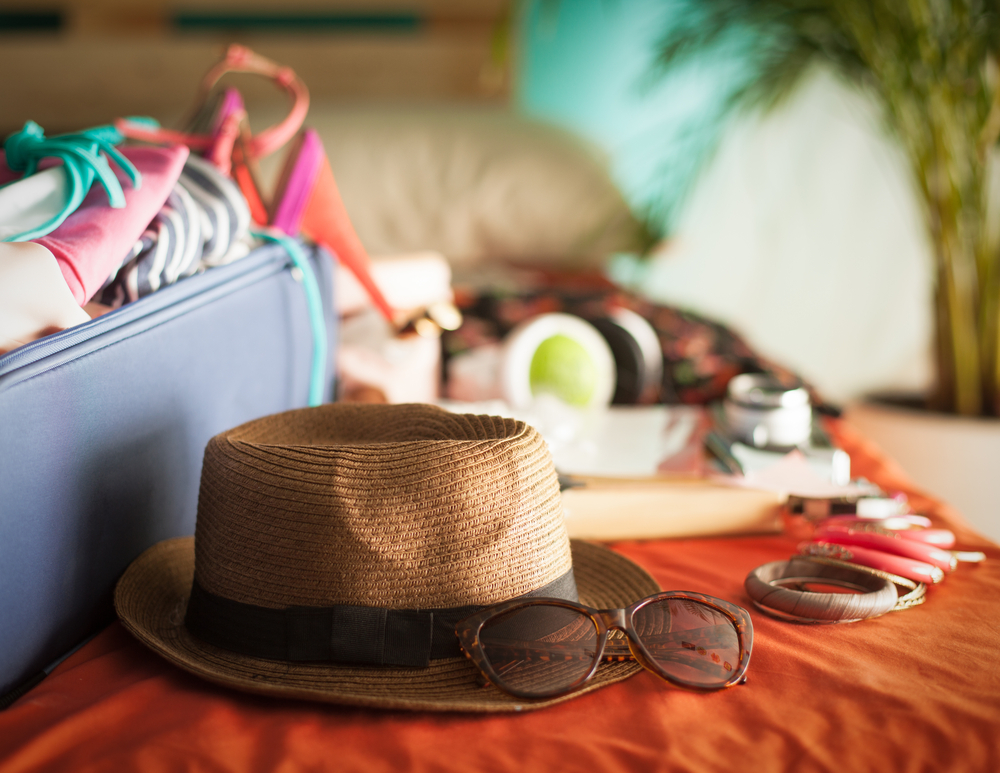Going to college is the start of a new era. You’re finally ready to step into young adulthood and experience new things. Whether it’s living away from home for the first time or taking a trip with your new friends, it’s a time of self-discovery. It’s also a time of change, meaning that if you do choose to travel, you need the best ways to stay safe.
When you’re in your late teens or early twenties, you might feel like you’re invincible. Nothing bad is going to happen, is it? While most students travel without issue, others aren’t always as fortunate. That’s why you need to know what to do if something happens as well as ways to prevent a bad situation from happening. If you’re planning on traveling soon, here’s four ways to stay safe and still have the time of your life.
Always Research Your Destination
The first rule in staying safe is researching where you want to go. Look at government websites for travel advisories, research the local news and even try to connect with people who’ve been there before. On official government websites, you can also sign up for alerts that tell you when it isn’t safe to go. Additionally, you can sign up for a safe traveler program, which will alert your family if there is any problem at your destination. You also need to locate the local police department and put their number on speed dial on your phone. If there’s an issue, you don’t want to waste time looking up the number to ask for help.
Be Financially Prepared
Another common mistakes people make is not being financially prepared. They may think they have enough money for the trip; however, they fail to plan for unexpected emergencies. Some people hold off on traveling until they have enough money; others use a credit card as a safety net of available funds. If you’re looking to get you first credit card, it’s a good idea to learn as much as possible before you apply. Credit cards all have different requirements for applicants, in addition to different interest rates and credit limits. If you’re not sure where to start, you can check out a guide that breaks everything down in easy-to-understand terms. Afterwards, you can decide whether applying for a card is right for you.
Travel in Pairs
Even if you consider yourself a lone wolf, you still need to travel in pairs. Most would-be thieves usually target solo travelers when compared to people who travel in pairs or group. If you don’t have a lot of friends, you can always join a tour group and go with them. Once you arrive, you can pair up with a fellow traveler who can then keep an eye out for you while sightseeing.
Stay in Touch
Before you take off, create a communication plan with friends and family. Set up specific times that you’ll call them on Facetime or mobile to let them know you’re okay. You can also stay in touch via text each day. If you’re going abroad, make sure to purchase a texting plan that supports that. If not, you’ll probably be charge per text plus the fee to send it internationally.
Pay Attention to Your Surroundings
Wherever you go, you also need to pay attention to your surroundings. Aside from not wanting to get lost in a foreign country, you need to keep an eye for people who are up to no good. Particularly overseas, it’s not uncommon for locals to know who’s a tourist and who isn’t. They may hang out in certain areas, such as outside airports or train and bus stations, and wait to catch you off guard.
If you’re female, you should avoid carrying a handbag and wear a front-facing backpack instead. If you usually carry a wallet, put in your front pocket instead of the back. It’s a lot of harder to steal it from the front, and that person also runs the risk of being identified since you’ll be face to face. You should also avoid walking around with your cellphone in your hand. Instead, keep in a fanny pack or in your front pocket. If you need to look up directions, go into a store or restaurant where you can use your phone safely.



